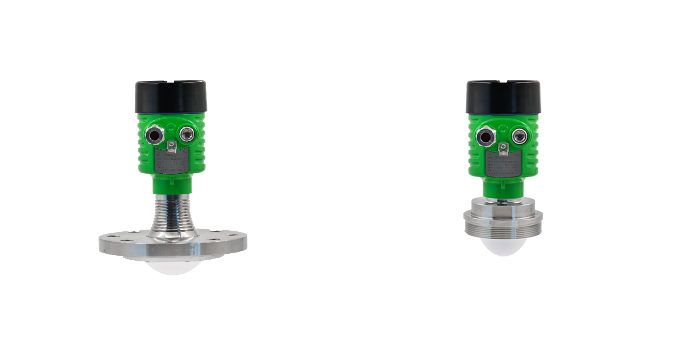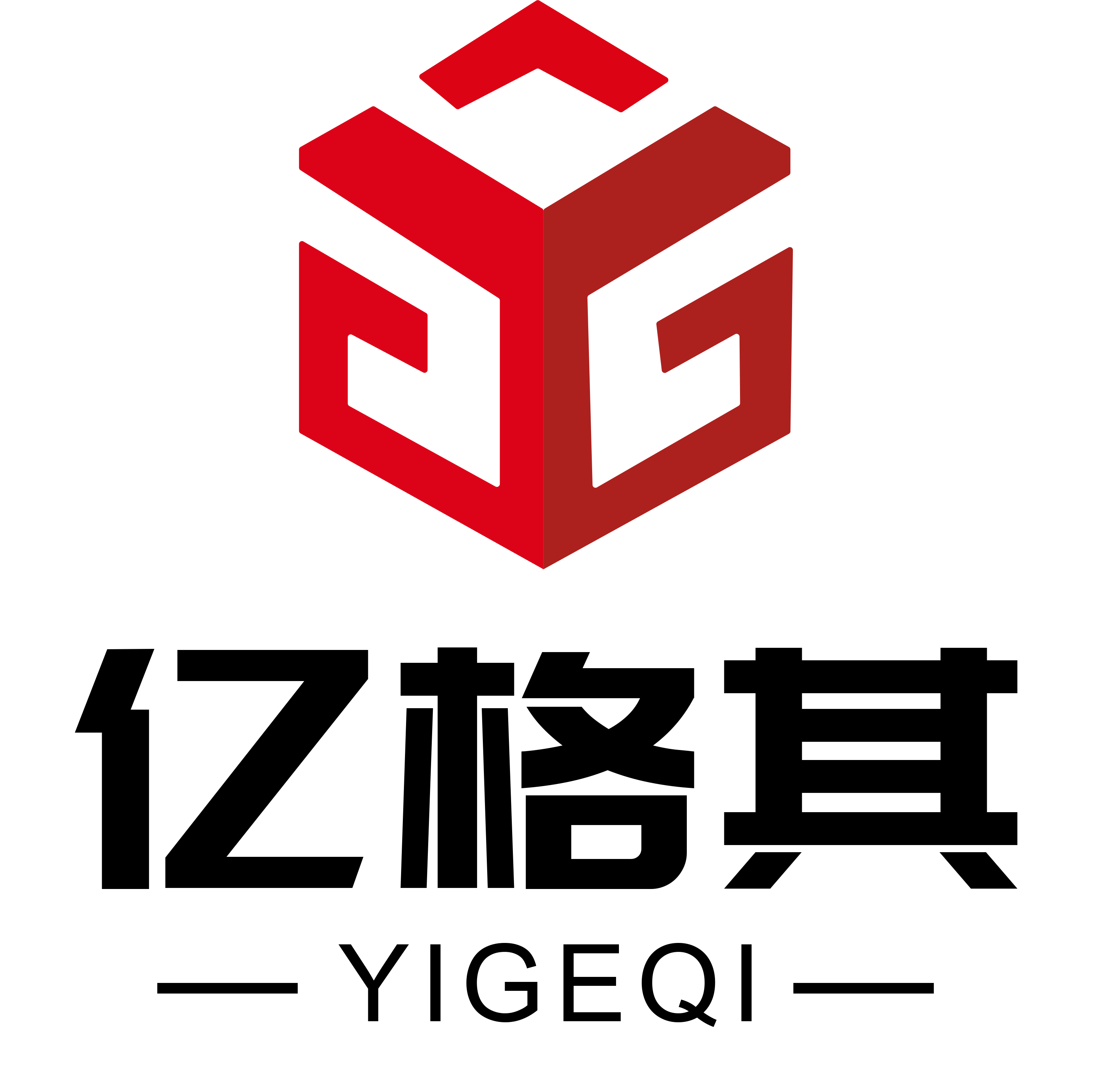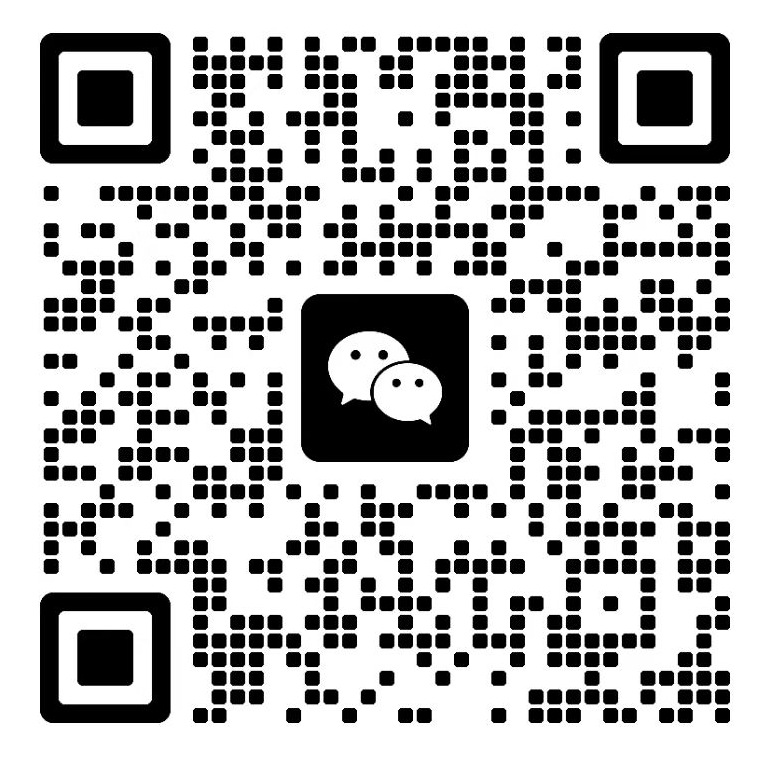In the modern field of water treatment, precise level measurement is crucial for ensuring the efficient operation of treatment processes, safeguarding water quality, and achieving energy conservation and emission reduction goals. As an advanced measurement technology, radar level gauges play an indispensable role in all aspects of water treatment with their unique advantages.
I. Working Principle of Radar Level Gauges
Radar level gauges measure the level using ultra-high frequency radar waves. They transmit microwave signals, which are reflected when they encounter the surface of liquids, slurries, or solid materials. The level gauge receives the reflected waves and accurately calculates the level height based on the propagation time and speed of the microwaves. This measurement method is unaffected by factors such as temperature, pressure, humidity, and the corrosiveness of liquids. It enables non-contact continuous monitoring, providing stable and reliable data support for the water treatment process.

II. Specific Applications of Radar Level Gauges in Water Treatment
Raw Water Storage Monitoring: During the raw water storage stage, accurately grasping the water level changes in reservoirs or storage tanks is essential for subsequent treatment. Radar level gauges can monitor the raw water level in real-time, providing timely and precise data for water treatment plants. This allows for the rational arrangement of treatment processes and ensures the stability of raw water supply. For example, when the water level is low, backup water sources can be activated in advance or water intake strategies can be adjusted to avoid affecting the normal operation of the treatment plant due to insufficient raw water.
Sedimentation Tank Water Level Control: Sedimentation is a key step in removing suspended solids from water. The precise control of the water level in sedimentation tanks is directly related to the sedimentation time and the water purification effect. Radar level gauges can accurately measure the water level in sedimentation tanks, helping operators optimize the sedimentation time and ensure that suspended solids in the water settle fully, thereby improving water quality. By monitoring water level changes in real-time, the inlet flow and outlet speed can be adjusted in a timely manner to maintain the stable operation of the sedimentation tank and prevent water quality fluctuations caused by abnormal water levels.
Filtration System Monitoring: Filtration is an important process for further removing fine particles from water. Radar level gauges are used to monitor the water level difference before and after the filter, which can effectively determine the operating status of the filter. When the water level difference exceeds the set threshold, it indicates that the filter may be blocked. At this time, measures such as backwashing can be taken in a timely manner to ensure the filtration efficiency and prevent the blockage of the filter from affecting the entire water treatment process. Accurate monitoring of the water level difference helps to extend the service life of the filter and reduce operation and maintenance costs.
Clear Water Tank Level Management: The treated clear water is stored in clear water tanks. The application of radar level gauges in this link ensures accurate knowledge of the water storage volume. By monitoring the level of the clear water tank in real-time, water resource waste caused by excessive levels can be avoided, and water supply safety issues due to low levels can be prevented. The precise level data provides strong support for water supply dispatching, ensuring that water supply strategies can be adjusted in a timely manner according to actual water demand and guaranteeing the stability and reliability of water supply.
Sewage Backflow Prevention and Control: In the sewage treatment process, preventing sewage backflow is crucial for ensuring the safety of drinking water. Radar level gauges can monitor the level changes of parts where sewage backflow may occur in real-time, such as pump stations and pipeline connections. Once an abnormal rise in the level is detected, it indicates a potential sewage backflow risk. The system can immediately issue an alarm and take corresponding measures, such as starting standby pumps and adjusting valve openings, to effectively prevent sewage backflow and protect the drinking water source from pollution.
III. Advantages of Radar Level Gauges in Water Treatment
High-Precision Measurement: Radar level gauges can provide highly accurate level measurement data with minimal errors, meeting the strict requirements for measurement accuracy in the water treatment process and providing a guarantee for precise control and optimization of the treatment process.
Non-Contact Measurement: There is no need to directly contact the medium, avoiding damage and interference to the measuring equipment caused by the properties of the medium (such as viscosity, impurities, corrosiveness, etc.). This greatly improves the service life and reliability of the equipment and also reduces the workload and cost of maintenance.
Strong Adaptability: It can adapt to various harsh environmental and working conditions. Whether in high-temperature and high-pressure environments or in places with a large amount of dust and fog, radar level gauges can operate stably and provide accurate measurement results.
Real-Time Monitoring and Remote Transmission: It has a real-time monitoring function and can transmit measurement data to the control system or remote monitoring center in real-time, facilitating operators to keep abreast of the level changes in the water treatment process at any time and make timely decisions. At the same time, the remote transmission function also lays a foundation for the automation and intelligent management of water treatment plants.
IV. Conclusion


